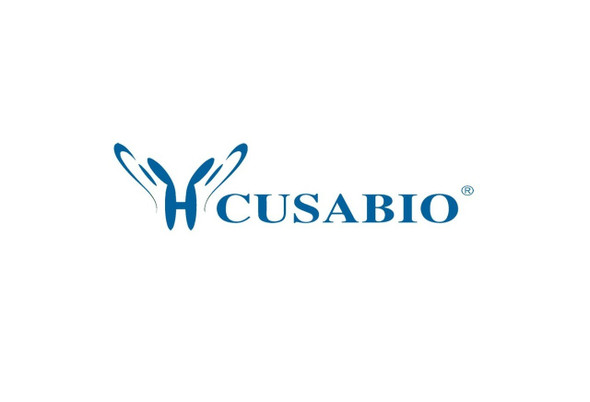Cusabio Polyclonal Antibodies
KRT10 Antibody | CSB-PA998574
- SKU:
- CSB-PA998574
- Availability:
- 3 to 7 Working Days
- Size:
- 100ul
Description
KRT10 Antibody | CSB-PA998574 | Cusabio
KRT10 Antibody is Available at Gentaur Genprice with the fastest delivery.
Online Order Payment is possible or send quotation to info@gentaur.com.
Product Type: Polyclonal Antibody
Target Names: KRT10
Aliases: Keratin type I cytoskeletal 10; Cytokeratin-10; CK-10; K10;
Background: This gene encodes a member of the type I (acidic) cytokeratin family, which belongs to the superfamily of intermediate filament (IF) proteins. Keratins are heteropolymeric structural proteins which form the intermediate filament. These filaments, along with actin microfilaments and microtubules, compose the cytoskeleton of epithelial cells. Mutations in this gene are associated with epidermolytic hyperkeratosis. This gene is located within a cluster of keratin family members on chromosome 17q21.
XM Zhou, J. Biol. Chem., Oct 1988; 263: 15584 - 15589.
Felix B. M篓绛秎er, Hum. Mol. Genet., Apr 2006; 15: 1133 - 1141.
J Reichelt, J. Cell Sci., Sep 1997; 110: 2175.
BP Korge, PNAS, Feb 1992; 89: 910.
Isotype: IgG
Conjugate: Non-conjugated
Clonality: Polyclonal
Uniport ID: P13645
Host Species: Rabbit
Species Reactivity: Human, Rat
Immunogen: Synthesized peptide derived from human Keratin 10.
Immunogen Species: Human
Applications: ELISA, WB, IF
Tested Applications: ELISA, WB, IF;WB:1:500-1:3000, IF:1:100-1:500
Purification Method: The antibody was affinity-purified from rabbit antiserum by affinity-chromatography using epitope-specific immunogen.
Dilution Ratio1: ELISA:1:2000-1:10000
Dilution Ratio2: WB:1:500-1:3000
Dilution Ratio3: IF:1:100-1:500
Dilution Ratio4:
Dilution Ratio5:
Dilution Ratio6:
Buffer: Rabbit IgG in phosphate buffered saline (without Mg2+ and Ca2+), pH 7.4, 150mM NaCl, 0.02% sodium azide and 50% glycerol.
Form: liquid
Storage: Upon receipt, store at -20°C or -80°C. Avoid repeated freeze.
Initial Research Areas: Signal Transduction
Research Areas: Signal transduction






